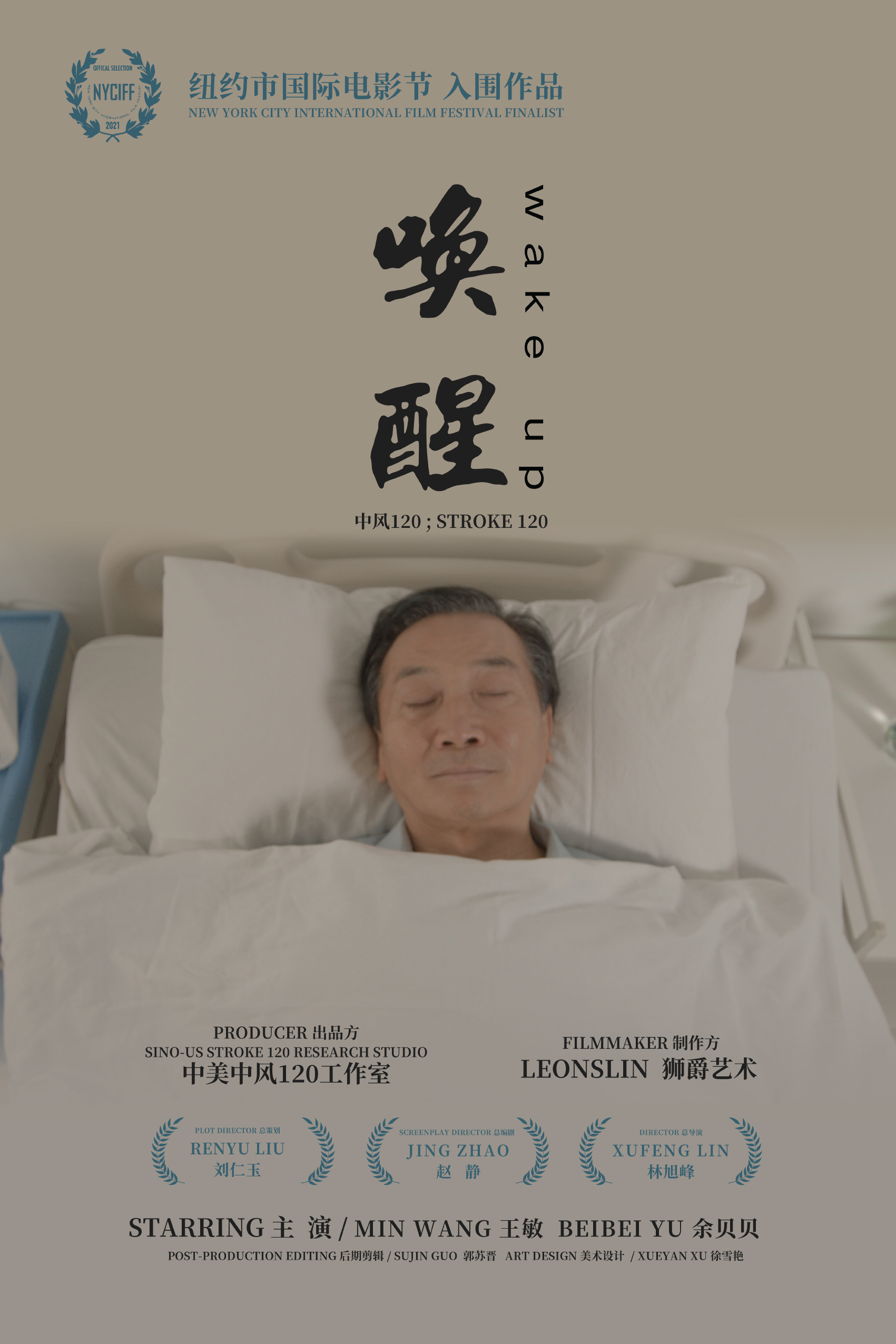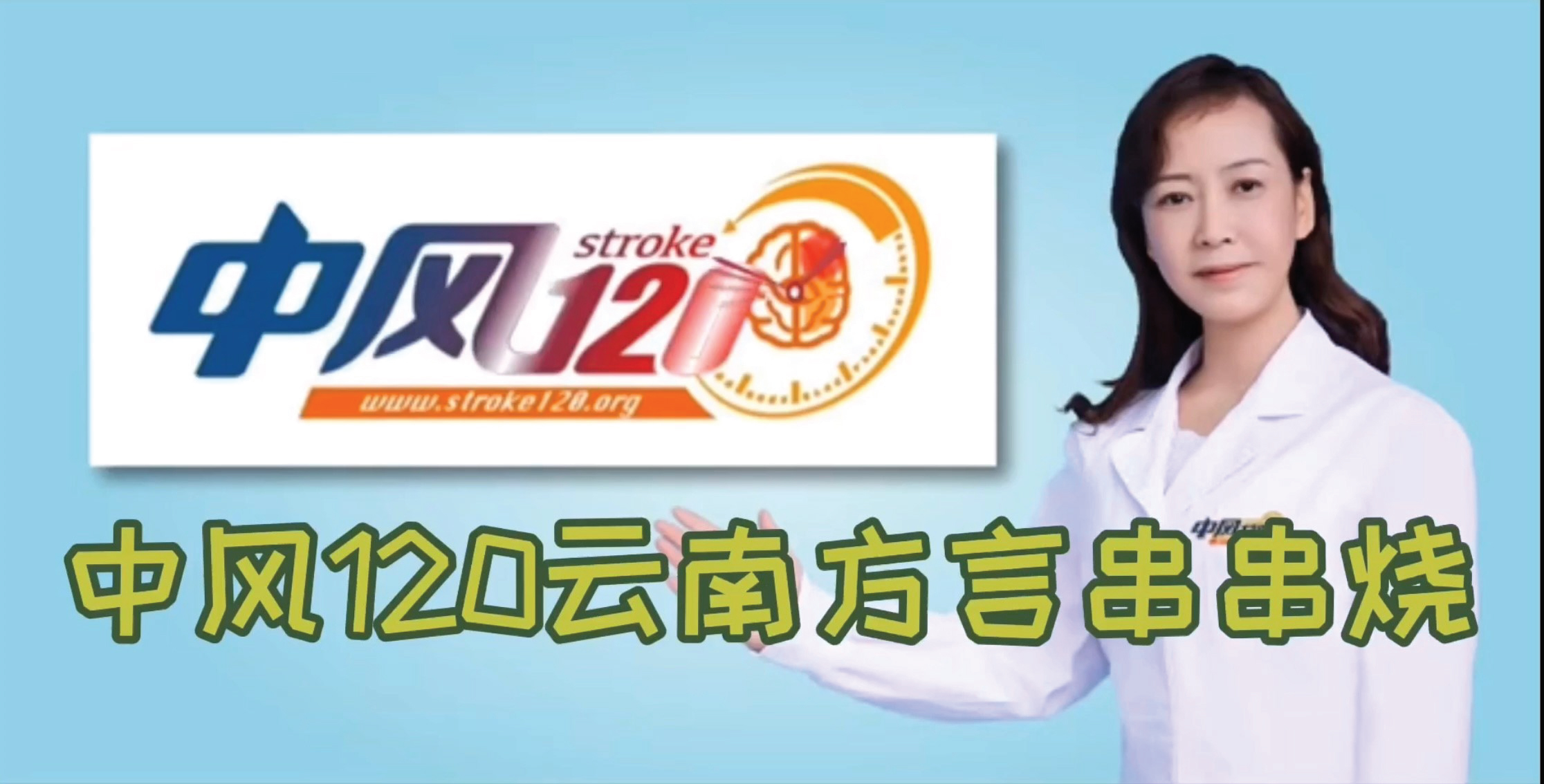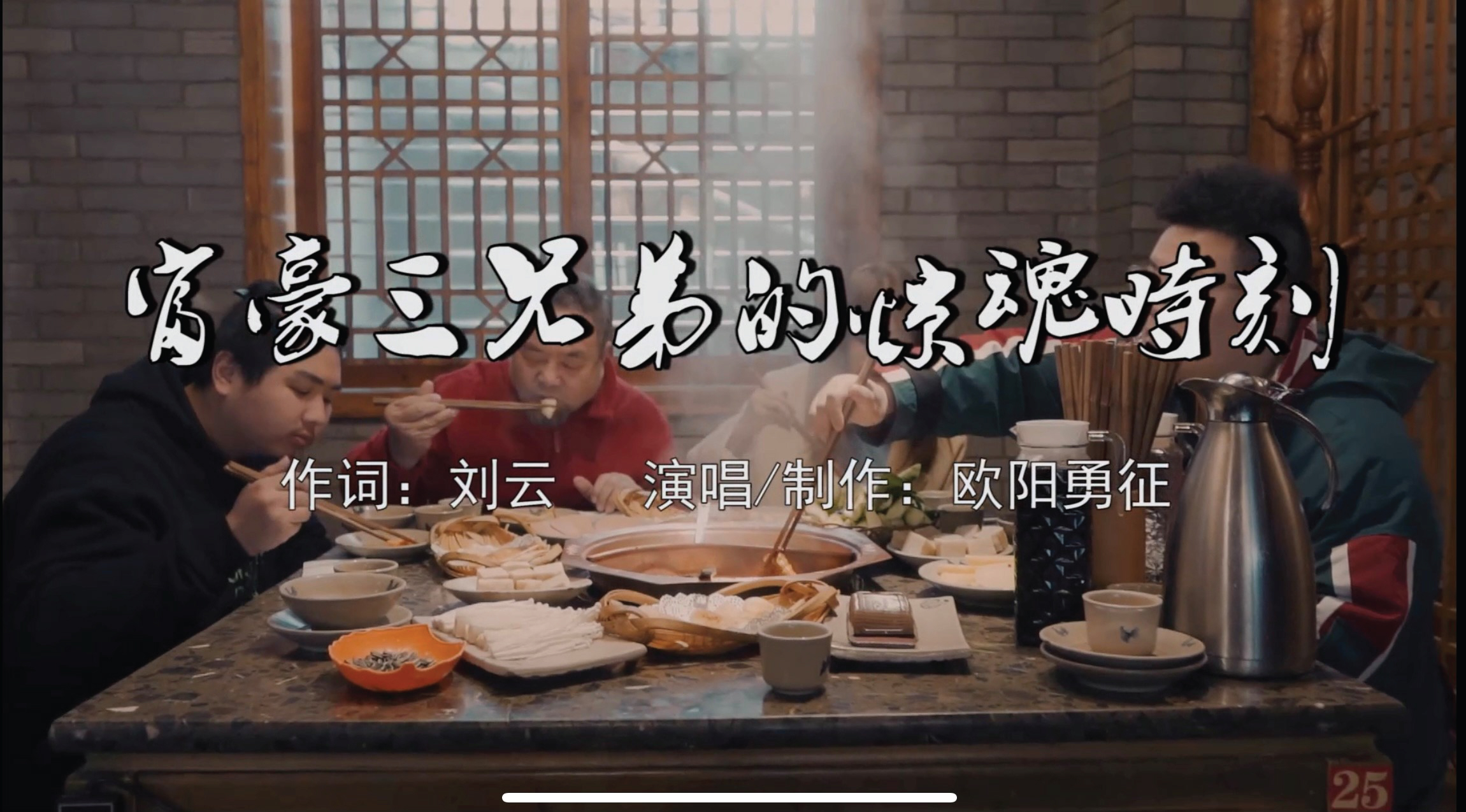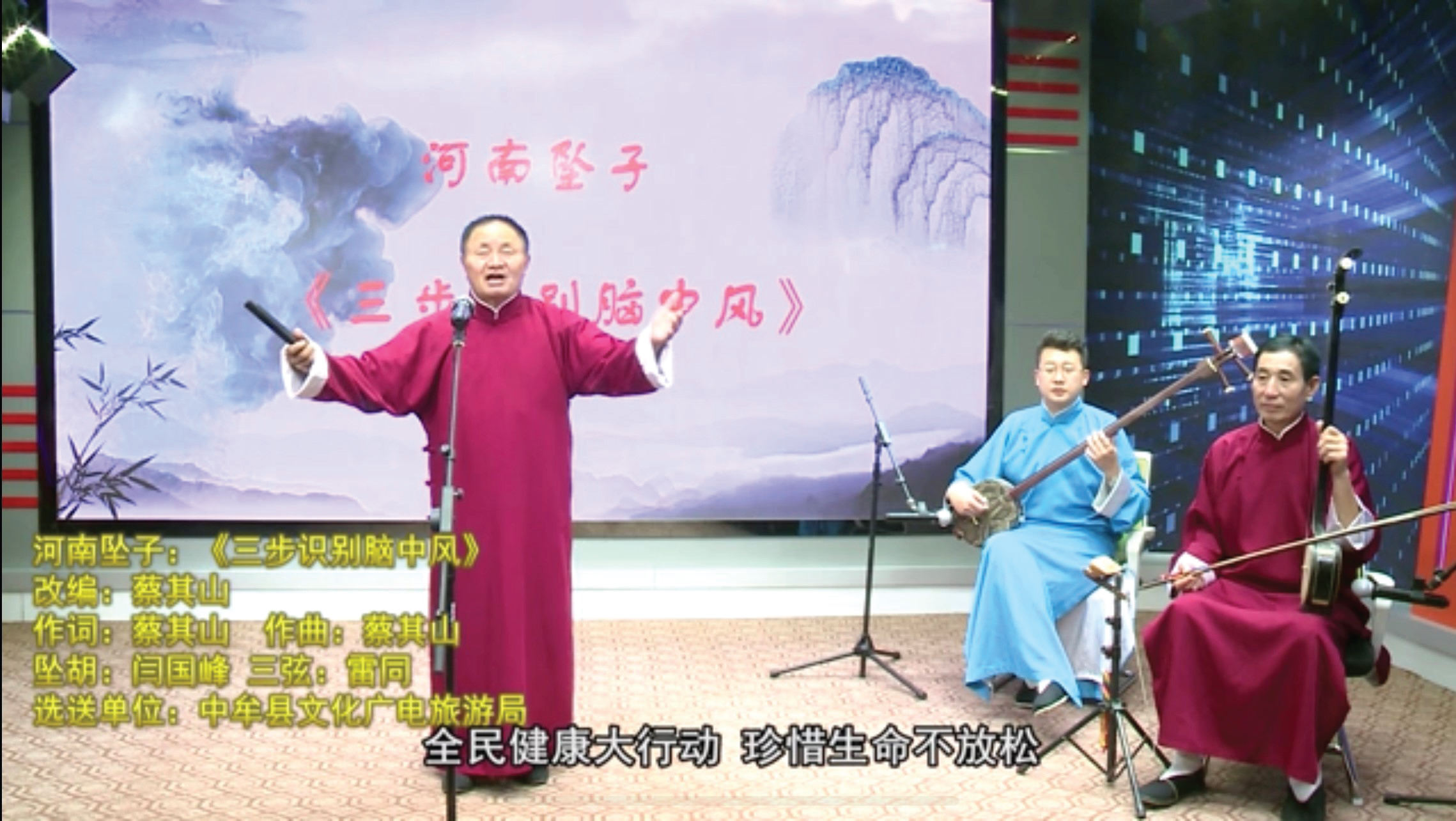Translational Perioperative and Pain Medicine (ISSN: 2330-4871)
ARTICLE DOI: 10.31480/2330-4871/138
Perspective | Volume 8 | Issue 2 Open Access
Recent Developments in Ischemic Stroke Prehospital Care from Stroke 120 Special Task Forces
Yong Wang1, Yang Liu1, Dou Li2, Kunwen Zheng3, Feng Chi4, Jing Zhao1*
1Department of Neurology, Minhang Hospital, Fudan University, Shanghai, China
2Beijing Emergency Medical Center, Beijing, China
3Department of Internal Medicine-Neurology, The First People's Hospital of Yunnan Province, Yunnan, China
4Outpatient Department, Shenzhen Second People's Hospital, Shenzhen, China
Jing Zhao, M.D, Ph.D, Professor, Department of Neurology, Minhang Hospital, Fudan University, Floor 16th, # 170 Xinsong Road, Shanghai, 201199, Tel: 18918169083; E-mail: zhao_jing@fudan.edu.cnEditor: Tianzuo Li, MD, PhD. Professor, Department of Anesthesiology, Beijing Shijitan Hospital affiliated to Capital Medical University, Beijing, China, E-mail: trmzltz@126.com
Received: March 23, 2021 | Accepted: April 12, 2021 | Published: April 20, 2021
Citation: Wang Y, Liu Y, Li D, Zheng K, Chi F, et al. Recent Developments in Ischemic Stroke Prehospital Care from Stroke 120 Special Task Forces. Transl Perioper & Pain Med 2021; 8(2):342-345.
Stroke is an acute cerebrovascular disease caused by a local cerebral blood circulation disorder, and is the second leading cause of global human death [1]. According to China Stroke Statistics 2019, ischemic stroke accounted for 81.8% of all stroke cases [2]. The most effective medical treatments for acute ischemic stroke (AIS) are to offer intravenous thrombolysis (within 4.5 hours) and mechanical thrombectomy (within 6 hours) during the ultra-early period of time following the onset [3]. However, these two treatments have a narrow effective time window which greatly limits their clinical use [4]. The stroke registry data from 132 urban hospitals indicated that the rate of thrombolysis for AIS in China remained around 2.4%, which was significantly lower than that of about 20% in other countries [5]. As reducing prehospital delay for stroke victims in China is very critical, Dr. Jing Zhao and Dr. Renyu Liu proposed the Stroke 1-2-0 strategy for rapid stroke recognition and response [6]. Since then, this strategy was modified to Stroke 1-1-2, which is a universal stroke educational program without language barriers [7]. Here are listed the efforts that the special task force accomplished in 2020.
• The 4th (2020) Stroke 120-Stroke Therapeutic Window International Charity Symposium: Wake-up Stroke 120: The symposium of Wake-up Stroke 120 was successfully held on November 7, 2020, and the number of online participants exceeded 15,000.
• The short movie "Wake-up: Stroke 120"- was premiered online in November 2020,and was officially selected by the New York City International Film Festival in 2021 to be premiered on April 21, 2021 (Figure 1).

Figure 1: The movie poster for "Wake-up: Stroke 120".
• The 2020 European Stroke Organization (ESO) and World Stroke Organization (WSO) Joint Conference (ESO-WSO 2020) online meeting was held on November 7-9, 2020. Among them, the ESO-WSO-2020 pre-hospital forum, organized and co-hosted by Dr. Renyu Liu, was held on November 8, 2020. Professor Jing Zhao from Fudan University in Shanghai and Professor Renyu Liu presented their work on stroke awareness in China using the Stroke 120 China strategy, and the Stroke 112 global strategy.
• Stroke 120 fashion clothes "snap the spotlight" during Shanghai Fashion Week: On October 11, 2020, a charity fashion event held at Shanghai Fashion Week featured fashions designed using the Stroke 120 logo. In this charity event, a family of six members acted as models to show off 5 series, totaling 30 "Stroke 120" themed clothes.
• "Stroke 120 Love and Save Around" micro-movie was nominated at the 2020 Shanghai Charity Micro-Film Festival and won the "2020 Shanghai Charity Micro-Film Outstanding Charity Movie" award.
• The Liuzhou Stroke 120 Special Task Force was formally established on November 28, 2020. It consists of more than 20 regional hospitals and more than 100 Stroke 120 warriors to serve the region to improve stroke awareness there.
• The third meeting of the Shandong Province Stroke 120 Special Task Force was held on November 29, 2020. Under the leadership of Dr. Ziran Wang, the director of the task force in Shandong Province, the task force has accomplished a series of outstanding achievements in prehospital rescue for stroke.
• The Stroke 120 Task Force of the Chinese Stroke Association paid close attention to the difficulties faced by stroke treatment during the COVID-19 pandemic. On March 31, 2020, the group published the first editorial online in "Stroke": "Challenges and Potential Solutions for Stroke Care During the Coronavirus Disease 2019 (COVID-19) Outbreak", predicting the problems that will occur in the emergency treatment of strokes affected by the epidemic and offer strategies on how to deal with the impact. [8] This is the earliest publication dealing with such issues in the literature.
• The leaders in the special task force collaborated with international experts to publish a series of research papers and perspectives to study the impact of COVID-19 on stroke care including prehospital care, in-hospital treatment, and the potential impact on the outcome of stroke victims [8-14]. The efforts and publications attracted coverage from professional societies and news media. Dr. Liu also collaborated with experts in China in an effort to demonstrate that salvinorin A could potentially be used for stroke therapy [15].
• On October 29, 2020, on the 15th World Stroke Day, the National Health Commission in China proposed promoting stroke 120 nationwide again.
• The Stroke 120 warriors of Linyi People's Hospital used innovative methods to promote regional stroke awareness. Their innovative approach includes using night market stalls and online webcasting all year-round.
• Multiple innovative educational materials were produced and released, including the following:
(1) "Song of Stroke 120" Rap Version (Music): Lyric: Yang Liu; Composer: Wei Chen and Yang Liu; Singing: Yang Liu; Producer: Sino-US Stroke 120 Studio;
(2) Stroke 120 Yunnan dialect skewers (Video, Figure 2);

Figure 2: Stroke 120 Yunnan dialect skewers
(3) Video of Rap music and Story (Music and video): The Frightening Moments of the Three Rich Brothers at Tianmen Yuekou (Figure 3);

Figure 3: Video of Rap music and Story (Music and video): The Frightening Moments of the Three Rich Brothers at Tianmen Yuekou.
(4) Henan Zhuizi Opera "Stroke 120" (video): Performance Text editor: Cai Qishan Zhao Mingzhi; Music: Cai Qishan; Production: Zhang Ju Wang Yanfa; Performance: Cai Qishan; Director: Wang Chengli (Figure 4);

Figure 4: Henan Zhuizi Opera "Stroke 120" (video).
(5) Stroke 120 Fire Dance (Music and Video).
In addition to reducing pre-hospital delays, scientists have been exploring neuroprotective drugs that can be used in the super acute phase of stroke to improve the outcome of stroke patients. Salvinorin A (SA) is a highly selective and potent kappa opioid receptor agonist that can easily pass the blood-brain barrier and exert neuroprotective effects. The leaders from the special task force have demonstrated that SA selectively dilates brain vessels and protects the brain from hypoxia and ischemia in a piglet model [16]. Additionally, Dr. Renyu Liu and colleagues were the first to show that intranasal SA can reduce infarct volume and improve neurological deficits in a middle cerebral artery occlusion rodent model [17], and a recent study validates this landmark finding again in a rhesus monkey model [15]. They performed a preclinical trial on the effectiveness of intranasal salvinorin A on neurological outcome in rhesus monkies with ischemic stroke. This is the first study to deliver a rescue medication for stroke through an intranasal administration route in the super acute phase of stroke in a monkey autologous blood clot permanent ischemic stroke model without reperfusion. The authors established the stroke model in 8 adult male rhesus monkeys by occluding the middle cerebral artery M2 segment with an autologous blood clot. SA was administrated in the experimental group while the vehicle (10% dimethyl sulfoxide) was administrated in the control group. Key results are that SA significantly reduced infarct volume, occupying effect, and diffusion limitation in the lesion when compared to the control group. Additionally, SA significantly reduced the Non-Human Primate Stroke Scale scores to almost normal in a 28-day observation period as compared to the control group. The authors concluded that intranasal SA reduces infarct volume and improves neurological outcomes in a rhesus monkey ischemic stroke model, mimic human stroke.
The present study is a significant breakthrough for scientific research on medications for stroke rescue in the super acute phase. Firstly, the authors established the stroke model with autologous blood clots, which closely simulates the most common clinical scenario. In addition, the authors tested a potential rescue medication for stroke in a monkey permanent ischemic model without reperfusion, which simulates the majority of clinical situations where more than 90% of ischemic stroke patients do not receive recanalization therapy [18]. Furthermore, the effectiveness of intranasal administration was shown in the present study, and this administration route has significant advantages in the prehospital setting of ischemic stroke.
The findings of this study brings hope to the many ischemic stroke patients who have little chance to receive recanalization therapy. The goal of the present preclinical monkey study was consistent with that of the Stroke 1-2-0 strategy, with both of them intended to allow stroke patients to receive treatment in a timely manner. The present study provides a solid basis for conducting clinical trials to advance SA as a potential new and effective medication for stroke rescue, We believe stroke patients can ultimately receive intranasal SA during transportation to the hospital stroke center in the future.
Funding
This work is supported by the National Nature Science Foundation of China [grant nos.81973157] and University of Pennsylvania (CREF-30).
Conflict of Interests
The authors declare that there is no conflict of interests.
References
- Collaborators GCoD (2017) Global, regional, and national age-sex specific mortality for 264 causes of death, 1980-2016: a systematic analysis for the Global Burden of Disease Study 2016. Lancet 390: 1151-1210.
- Wang YJ, Li ZX, Gu HQ, Zhai Y, Jiang Y, et al. (2020) China Stroke Statistics 2019: A Report From the National Center for Healthcare Quality Management in Neurological Diseases, China National Clinical Research Center for Neurological Diseases, the Chinese Stroke Association, National Center for Chronic and Non-communicable Disease Control and Prevention, Chinese Center for Disease Control and Prevention and Institute for Global Neuroscience and Stroke Collaborations. Stroke Vasc Neurol 5: 211-239.
- Fransen PS, Berkhemer OA, Lingsma HF, Beumer D, van den Berg LA, et al. (2016) Time to reperfusion and treatment effect for acute ischemic stroke: A randomized clinical trial. JAMA Neurol 73: 190-196.
- Zhao J, Ren L, Abraham S, Li D, Kung D, et al. (2019) The stroke prehospital delay summary statement: A global battlefield. Transl Perioper & Pain Med 6: 20-26.
- Jin H, Zhu S, Wei JW, Wang J, Liu M, et al. (2012) Factors associated with prehospital delays in the presentation of acute stroke in urban China. Stroke 43: 362-370.
- Zhao J, Liu R (2017) Stroke 1-2-0: a rapid response programme for stroke in China. Lancet Neurol 16: 27-28.
- Zhao J, Eckenhoff MF, Sun WZ, Liu R (2018) Stroke 112: A Universal Stroke Awareness Program to Reduce Language and Response Barriers. Stroke 49: 1766-1769.
- Zhao J, Rudd A, Liu R (2020) Challenges and Potential Solutions of Stroke Care During the Coronavirus Disease 2019 (COVID-19) Outbreak. Stroke 51: 1356-1357.
- Li X, Liu Y, Vrudhula A, Liu R, Zhao J (2020) Middle School Students Effectively Improve Stroke Knowledge and Pass Them to Family Members in China Using Stroke 1-2-0. Frontiers in neurology 11: 203.
- Liu R, Fisher M, Rudd A, Zhao J (2021) Speech disturbance plays critical role in stroke recognition during COVID-19 pandemic. CNS neuroscience & therapeutics 27: 267-269.
- Liu R, Zhao J, Fisher M (2020) The global impact of COVID-19 on acute stroke care. CNS neuroscience & therapeutics.
- Zhao J, Li H, Kung D, Fisher M, Shen Y, et al. (2020) Impact of the COVID-19 Epidemic on Stroke Care and Potential Solutions. Stroke 51: 1996-2001.
- Zhao J, Li X, Liu X, Xu Y, Xu J, et al. (2020) Changing the strategy and culture of stroke awareness education in China: implementing Stroke 1-2-0. Stroke and vascular neurology 5: 374-380.
- Zhao J, Wang Y, Fisher M, Liu R (2020) Slower recovery of outpatient clinics than inpatient services for stroke and other neurological diseases after COVID-19 Pandemic. CNS neuroscience & therapeutics 26: 1322-1326.
- Wu L, Wu D, Chen J, Chen C, Yao T, et al. (2021) Intranasal salvinorin A improves neurological outcome in rhesus monkey ischemic stroke model using autologous blood clot. J Cereb Blood Flow Metab 41: 723-730.
- Su D, Riley J, Armstead WM, Liu R (2012) Salvinorin A pretreatment preserves cerebrovascular autoregulation after brain hypoxic/ischemic injury via extracellular signal-regulated kinase/mitogen-activated protein kinase in piglets. Anesth Analg 114: 200-204.
- Chen C, Xi C, Liang X, Ma J, Su D, et al. (2016) The role of κ opioid receptor in brain ischemia. Crit Care Med 44: e1219-e1225.
- McMeekin P, White P, James MA, Price CI, Flynn D, et al. (2017) Estimating the number of UK stroke patients eligible for endovascular thrombectomy. Eur Stroke J 2: 319-326.